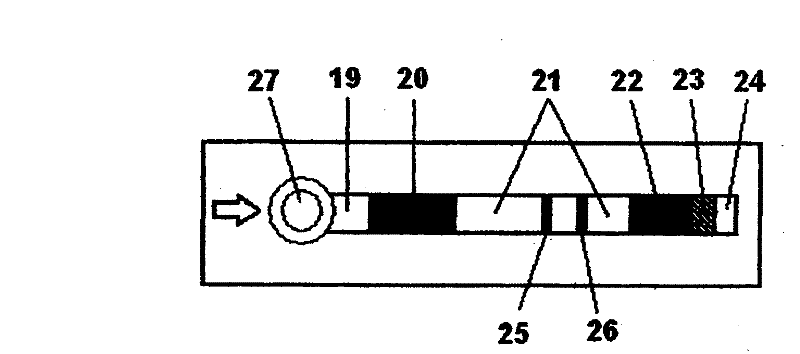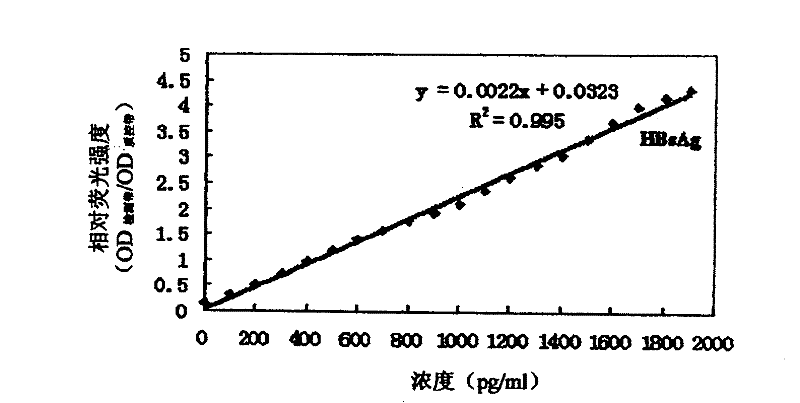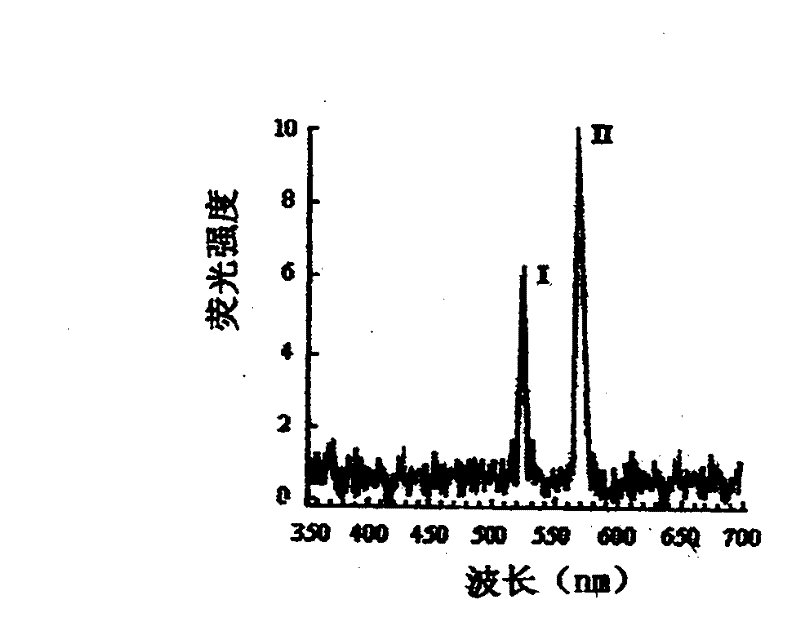System and method for quantitative detection of test strips on basis of continuous fluorescent-substance markers
A technology for quantitative detection and fluorescence, which is used in biological testing, fluorescence/phosphorescence, chemical instruments and methods, etc.
- Summary
- Abstract
- Description
- Claims
- Application Information
AI Technical Summary
Problems solved by technology
Method used
Image
Examples
Embodiment 1
[0067] The test strip rack 28 of the system has test strip slots. The test strip groove is used for placing the test strip 18 marked with persistent fluorescent substance to be tested. The test strip 18 is sequentially provided with a sample pad 19 that overlaps and sticks to each other, a glass fiber membrane bonding pad 20 coated with a persistent fluorescent substance marker, an analysis membrane 21 with a detection belt 25 and a quality control belt 26, a strong water absorption Pad 22 , test strip reaction end point indicator label 23 and test strip identification label 24 .
[0068] The illumination system includes an excitation light source 1 , on the output optical path of the excitation light source 1 there are fiber bundle 2 , collimating illumination lens 3 , dichroic mirror 4 , front mirror group 5 , until the test strip 18 is marked with fluorescent substance. The excitation light source 1 includes a light emitting diode LED or a laser diode. The optical fiber b...
Embodiment 2
[0093] 1. Preparation of each component of the test strip
[0094] (1) Sample pad: choose cellulose membrane, cut into 297x15mm membrane block, put it in a long groove, add blocking solution (pH=7.20.03mol / L phosphate buffer + 5% BSA, +0.1% Tween 20) at room temperature Soak for 30min. Take out the membrane block, dry it at 37°C, and fully dry it for later use.
[0095] (2) Glass fiber membrane binding pad: choose glass fiber membrane, cut into 297x10mm membrane block, put it in a long groove, add the quantum dot-HBsAg monoclonal antibody conjugate solution prepared in advance on it, take out the membrane block, 37 ℃ drying, fully dry for later use.
[0096] (3) Analysis membrane: choose nitrocellulose membrane, cut into 297x25mm membrane block, put it in a long groove, and spray 0.5-5mg / ml HBsAg single point with a film meter at a certain distance from the bottom of the membrane block. Cloning antibody as detection zone and spraying 0.5-5mg / ml goat anti-mouse IgM antibody,...
Embodiment 3
[0128] 1. Preparation of each component of the test strip
[0129] (1) Sample pad: choose cellulose membrane, cut into 297x15mm membrane block, put it in a long groove, add blocking solution (pH=7.20.03mol / L phosphate buffer + 5% BSA, +0.1% Tween 20) at room temperature Soak for 30min. Take out the membrane block, dry it at 37°C, and fully dry it for later use.
[0130] (2) Glass fiber membrane binding pad: use glass fiber membrane, cut into 297x10mm membrane block, put it in a long groove, add the pre-prepared quantum dot marker solution (for AFP monoclonal antibody containing quantum dot marker, quantum dot marker The mixture solution of CEA monoclonal antibody and quantum dot-labeled PSA monoclonal antibody) was placed on it, the membrane block was taken out, dried at 37°C, and fully dried for later use.
[0131] (3) Analysis membrane: select nitrocellulose membrane, cut into 297x25mm membrane block, place it in a long groove, spray AFP antibody (0.5-5mg / ml), CEA antibo...
PUM
 Login to View More
Login to View More Abstract
Description
Claims
Application Information
 Login to View More
Login to View More - R&D
- Intellectual Property
- Life Sciences
- Materials
- Tech Scout
- Unparalleled Data Quality
- Higher Quality Content
- 60% Fewer Hallucinations
Browse by: Latest US Patents, China's latest patents, Technical Efficacy Thesaurus, Application Domain, Technology Topic, Popular Technical Reports.
© 2025 PatSnap. All rights reserved.Legal|Privacy policy|Modern Slavery Act Transparency Statement|Sitemap|About US| Contact US: help@patsnap.com



